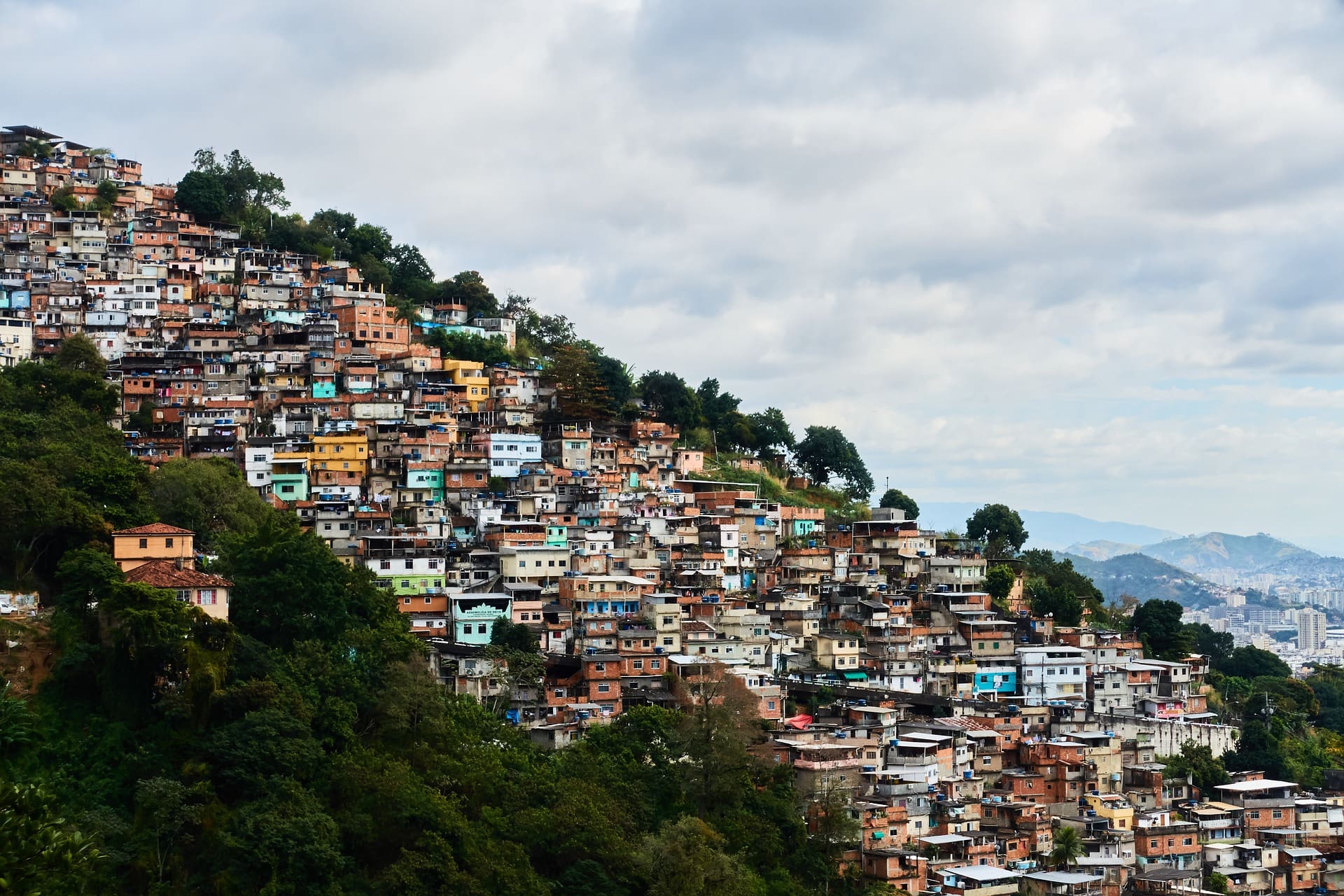Slum, Favela, Shanty Town… The names are different but the implications are all too often similar. Hundreds of thousands of people living crammed together in a tiny space in or around an urban area. Originally temporary but now morphed into something that feels so much more permanent. In some places, you find small, fragile, windowless huts with tin roofs. In others, houses are stacked one upon the other, seemingly defying all rules of gravity.
The little roads are narrow, any available space is used to full capacity. Water is an issue. So is sanitation. In many places, the few public toilets are nowhere near enough for the number of people needing them.
Despite the hardship, many slums around the world feature thriving local economies. In Dharavi (Mumbai, India) you can find everything from bakeries to leather making shops to metal works when walking down the street. In Orangi Town (Karachi, Pakistan) residents have taken it into their own hands to develop their sewer systems after the government failed to do so (check Reuters’ article). And in Rocinha (Rio de Janeiro, Brazil) tourists can take part in tours organised by residents to experience what it means to live in a favela.
Residents are often ingenious and creative in their ideas, finding ways to make a living even when the odds are stacked against them. But what remains are those challenges that are difficult to overcome on your own. One of them is the uncertainty of land ownership – placing residents at the mercy of those in power. It means that thousands of people can become street homeless in a matter of hours as happened in the middle of July 2018 in the Kibera slum on the outskirts of Nairobi, Kenya (Reuters). Another challenge is the lack of infrastructure that makes it difficult for people to access more and better jobs. And the lack of schooling both for children and adults – one of the best opportunities to escape the intergenerational poverty trap.
So what can we do? How can the Vincentian Family come together to help those that live in the slums, favelas, shanty towns around the world? How can we help to improve their living situation or prevent them from becoming homeless in the future?
The 13 Houses Campaign (link to Campaign) aims to improve and transform the lives of 10,000 street homeless people, refugees, internally displaced people and slum dwellers in 3-5 years from 2018. And we invite you to become a part of it: Let us know about your ideas and projects! We are ambitious and want to see 13 Houses projects in all of the 156 countries where the Vincentian Family works! Make sure your country is a part of this global Vincentian Campaign to end homelessness!
Find out more here.
Source: https://vfhomelessalliance.org/








0 Comments